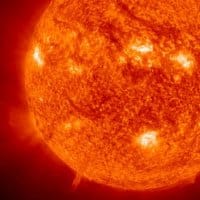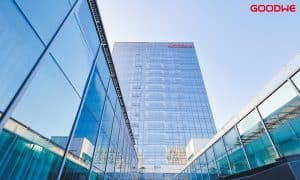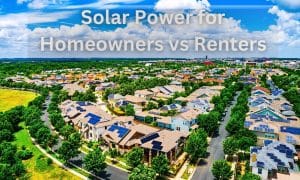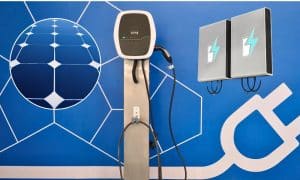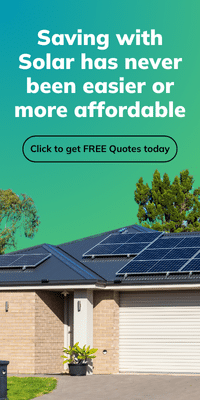A recent survey has found nearly a quarter of South Australians are avoiding use of air conditioners this summer in order to avoid an electric bill shock.
This season has been particularly hot in South Australia, including a record-breaking stint of 40C+ days in Adelaide last month.
Even so, 23 per cent of more than 5,000 people who responded to a One Big Switch survey said they weren’t using their air-conditioning.
In some instances, going without air-conditioning is more than just sacrificing a little creature comfort.
“Suffering through the heatwave is a dangerous way for consumers to avoid big summer bills,’’ said One Big Switch campaign director Joel Gibson.
“Before households risk their health and comfort, they should first make sure they’re not paying a cent more for power than they should.”
One Big Switch uses people power to leverage better electricity details from retailers. So far, more than 9,000 South Australians have registered for the campaign.
South Australians are burdened with some of the highest power prices in the country, but it’s a myth the amount of renewable energy in the state is the main culprit. Even before the first wind turbine was constructed in SA, power prices were generally higher than in other states.
The survey found four per cent of respondents had borrowed from friends and family in the past to pay power bills and three percent had sold possessions. Ten percent are working longer hours just to keep the lights on.
As well as switching electricity retailers, another way to take the sting out of summer bills is through the use of solar power systems.
According to Energy Matters, a 5.3kW solar array installed in Adelaide can provide a financial benefit of between $1,343 and $2,077 a year.
Installing solar panels is a win-win for all.
In addition to the direct financial benefit to the system owner and to the environment through decreased carbon emissions, solar power systems also take strain off the mains grid. This means less investment is required for infrastructure – costs that are ultimately borne by electricity consumers. South Australia’s solar sector is also a significant employer in the state.
More than 191,000 small solar power systems are now installed in South Australia, which has the highest rate of uptake in Australia.












